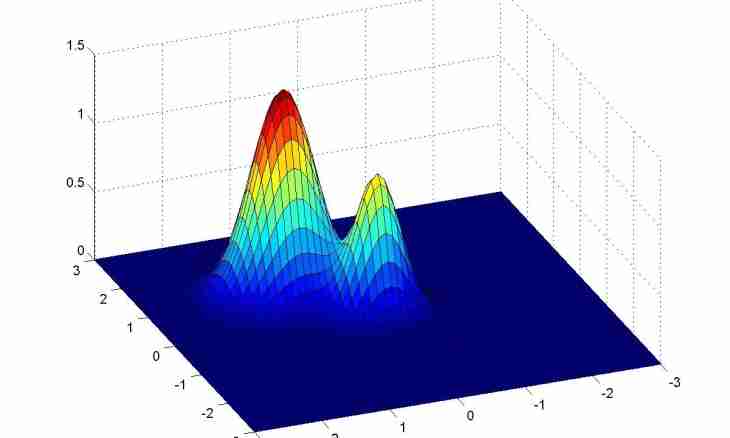One of the most important characteristics of gas is its density. When mention gas density, as a rule, speak about density in normal conditions namely when it is measured at a temperature of 0 °C and with a pressure of 760 mm Hg. Except usual or absolute density sometimes the relative density of gas is also required. Under the relative density of gas mean not the density of this gas, and its relation to air density which is considered under the same conditions.
Instruction
1. So, the relative density of gas does not depend on external conditions at all. It is caused by general laws of a condition of gases according to which, at changes temperaturesof and pressure of change of volume of gases occur absolutely equally.
2. To determine gas density, you need a flask in which it will be easy to pump the necessary gas, as well as to pump out without any obstacles. For determination of density of gas, prepare a flask with gas. Weigh this flask twice. Before weighing it for the first time, pump out from a flask, if it works, completely all air which is contained in it. Before the second weighing fill a flask with gas which density you plan to measure. Filling a flask, you watch that gas reached a mark of the set pressure.
3. Now get to work with figures, formulas which are necessary for obtaining necessary results. For a start find the difference of masses. Then divide this difference into value of volume of a flask of V. For this purpose determine the volume of a flask with which you will perform measurements, in advance. And as a result of these calculations you receive gas density under the set specific conditions. After you calculate gas density under the set conditions, address the state equation. By means of this equation you will be able to find gas density under normal or ideal conditions. Accept the following values for placing in a state formula: r2=rn, V2=Vn, Ton T2=. Then multiply numerator and a denominator from the left part of your formula by actually mass of the measured gas m. As a result at you it will turn out: p1/p2=m1/m2, pay attention that in this formula m/V1=r1 and also m/Vn =rn. Using information obtained from formulas and other designations, you receive: N1m1/N2m2=p1/p2.
4. You can find density of some gases in the summary table. So if gas which density you need to learn belongs to the gases entered in the table, the necessary information you will be able to find without calculation and use of formulas.
